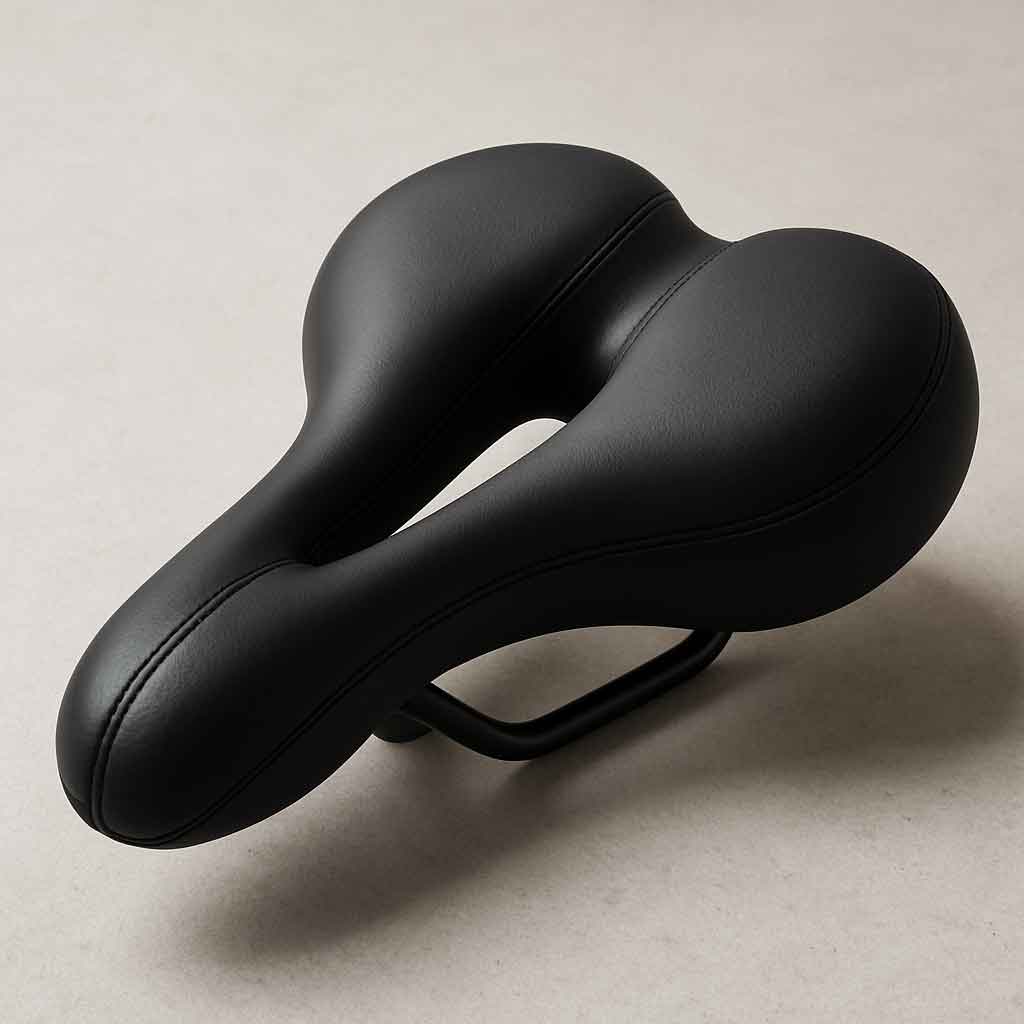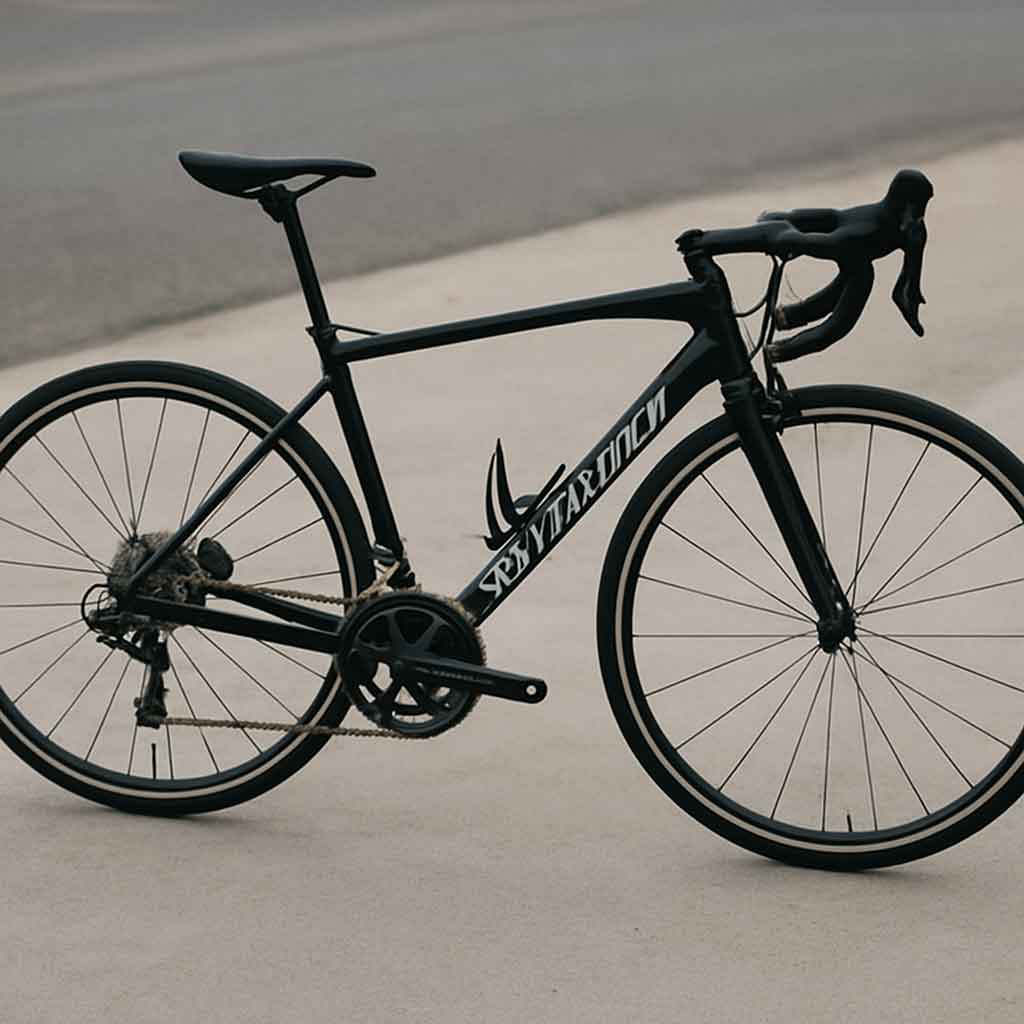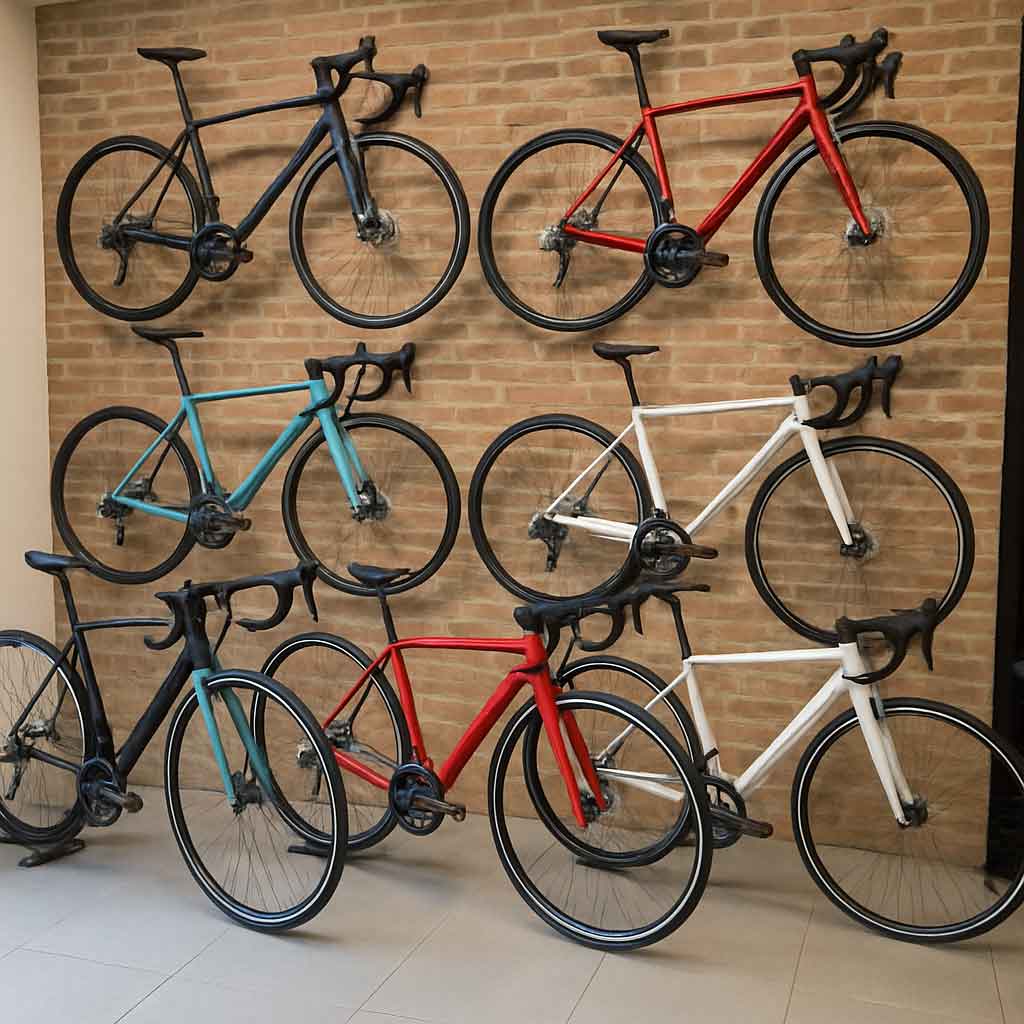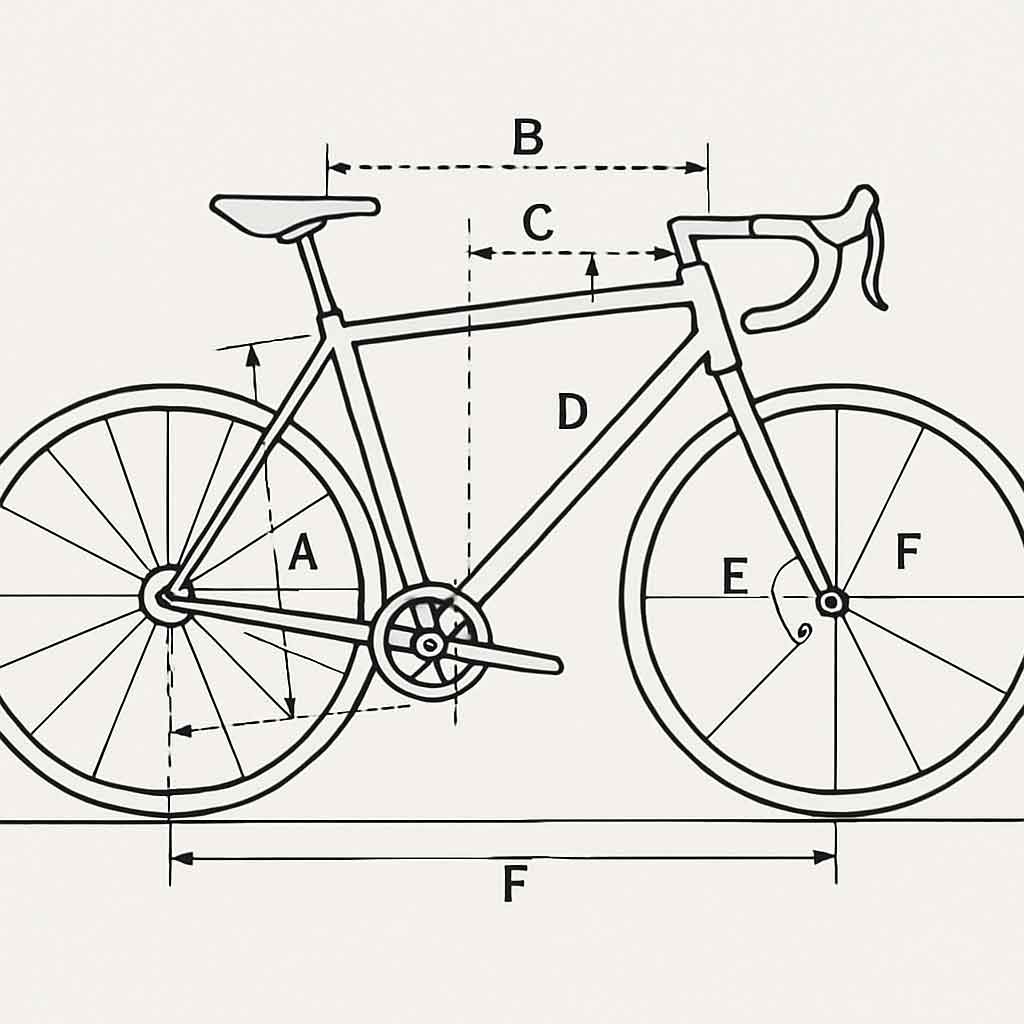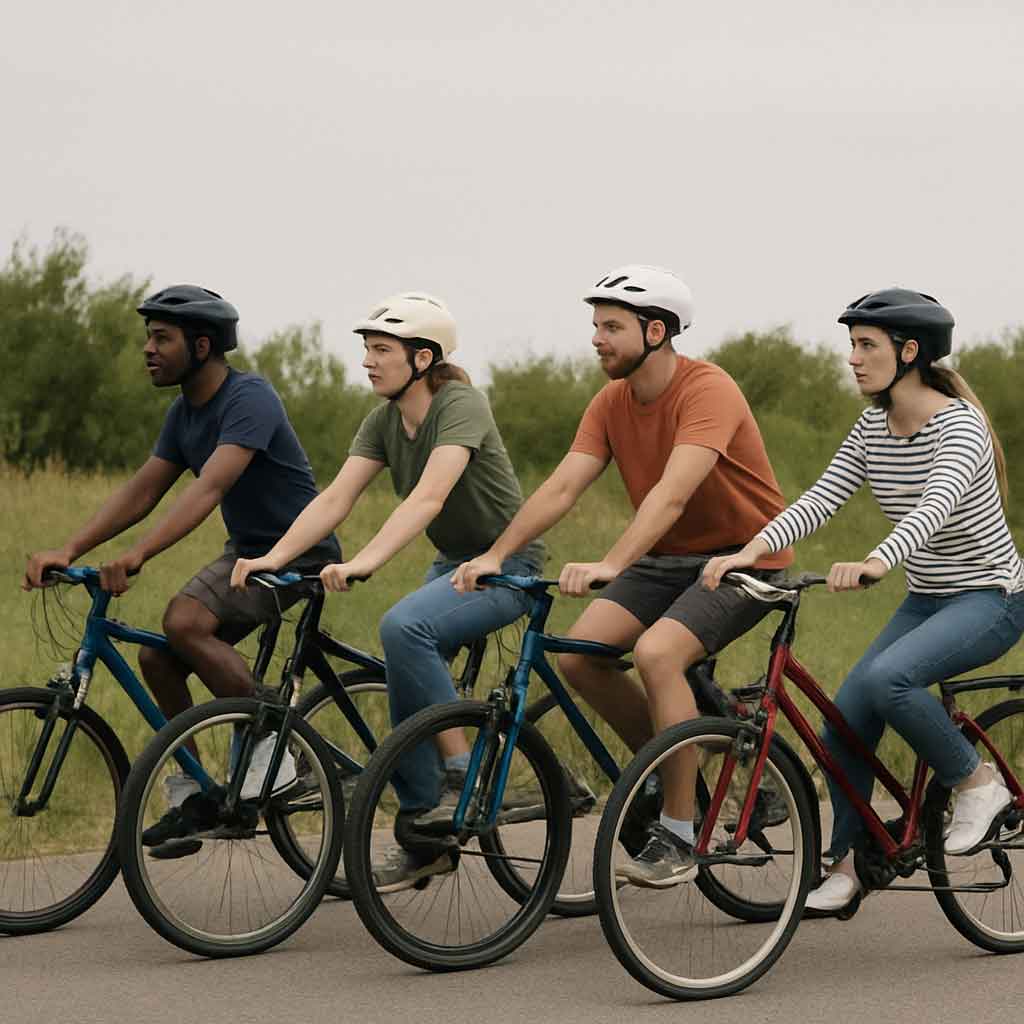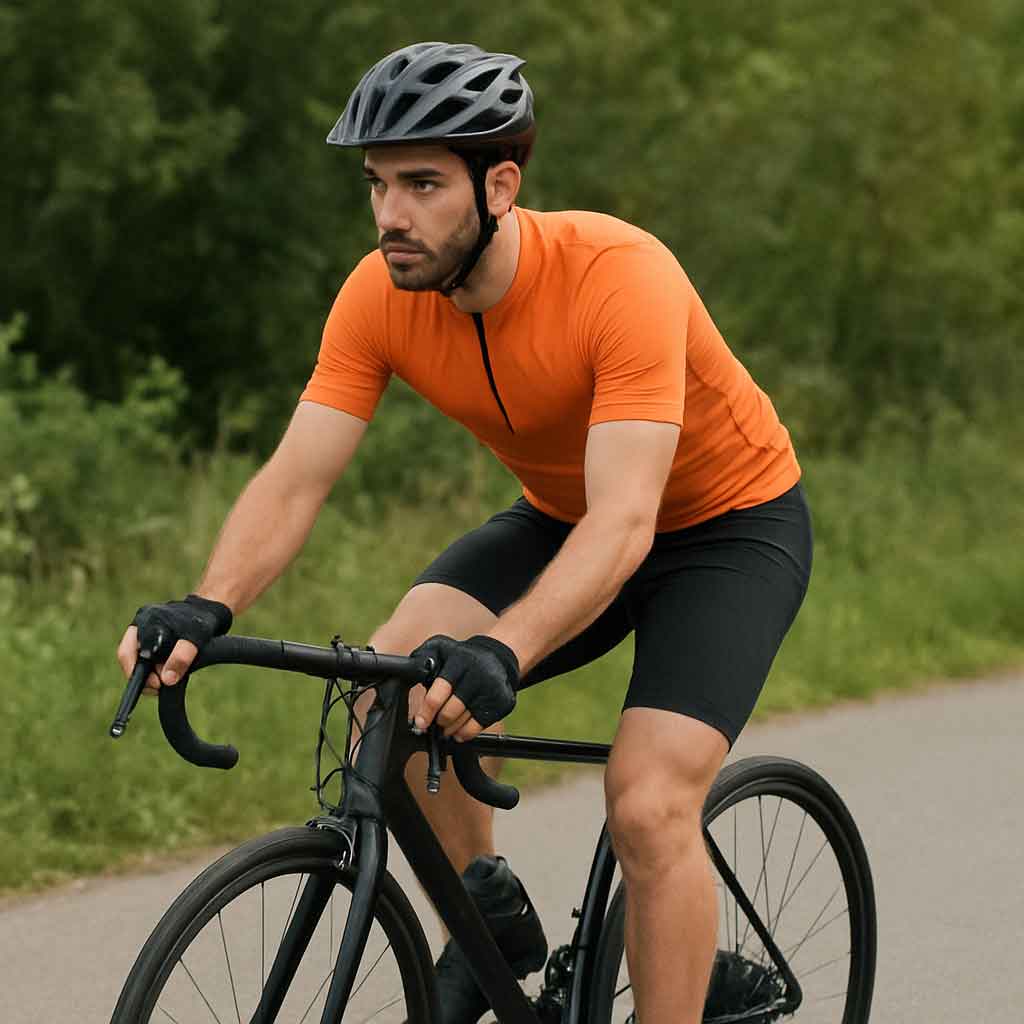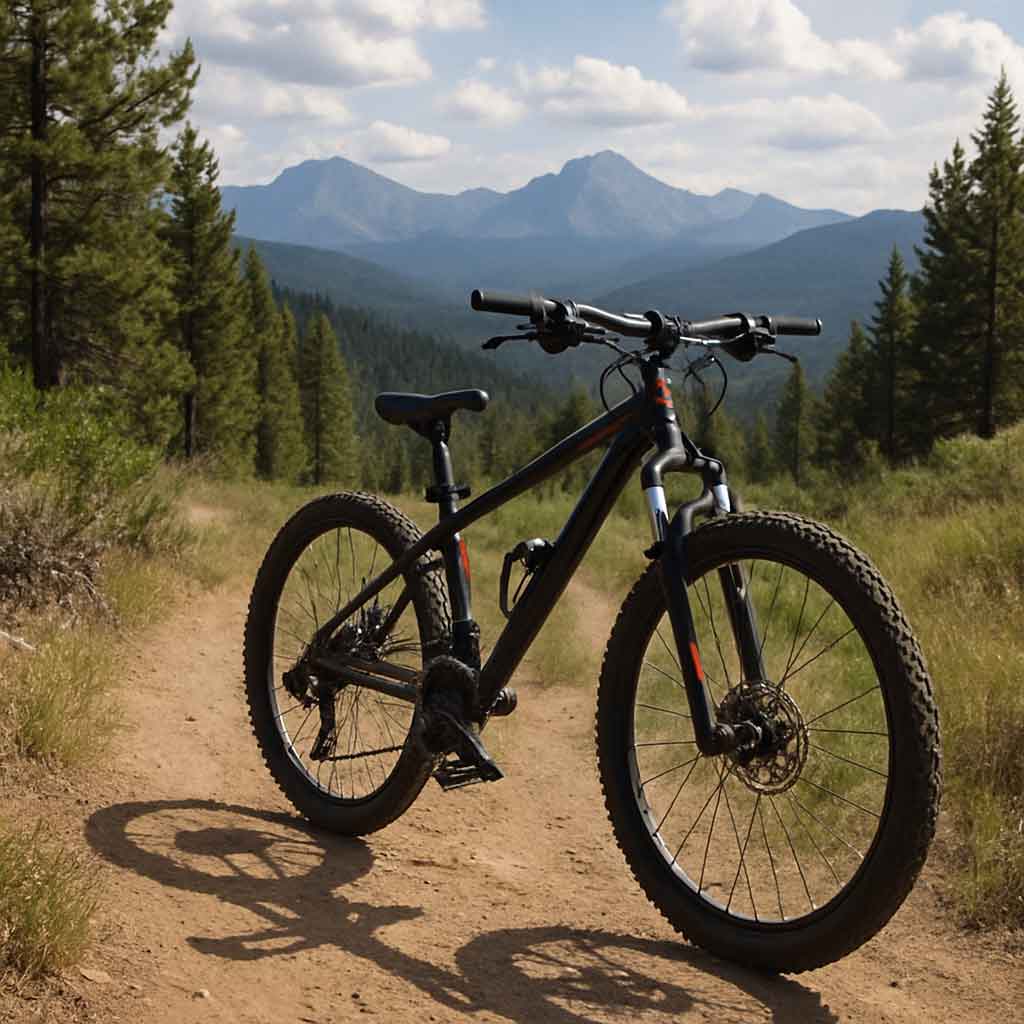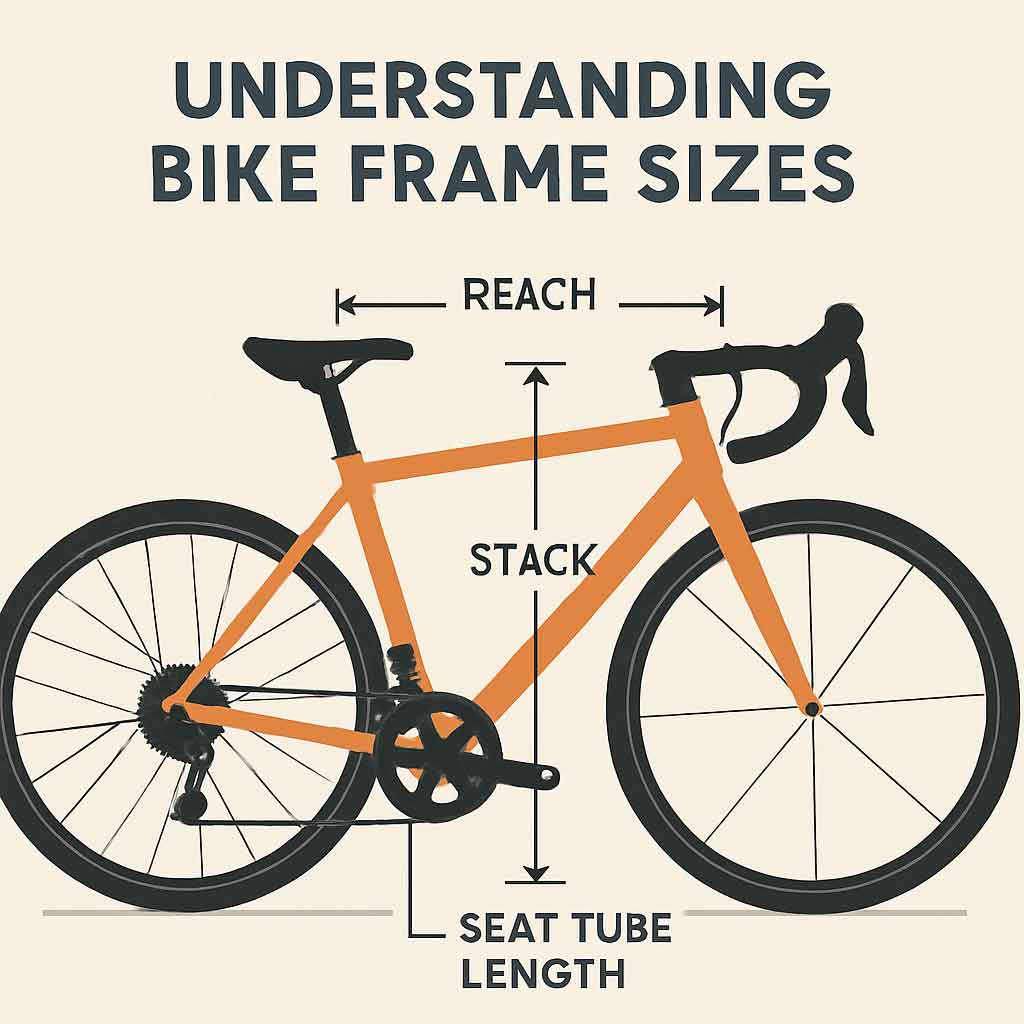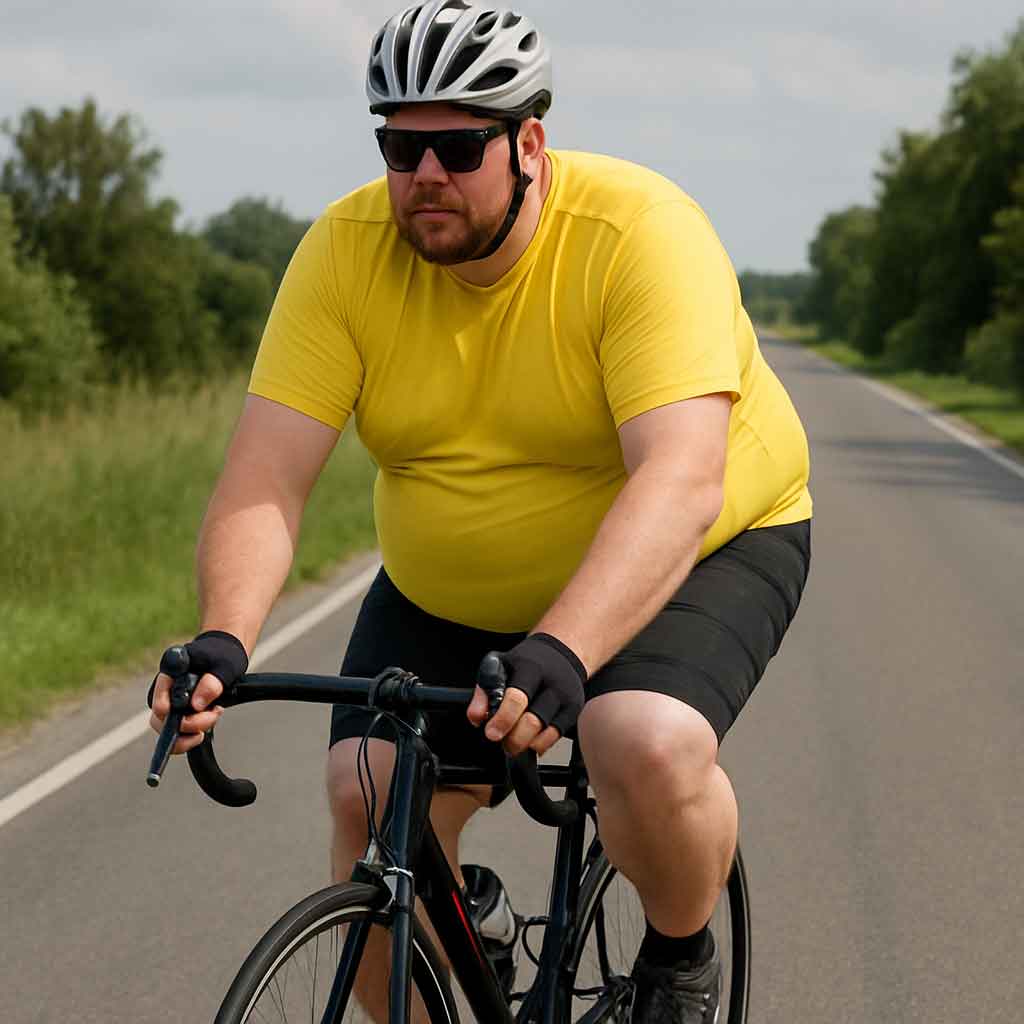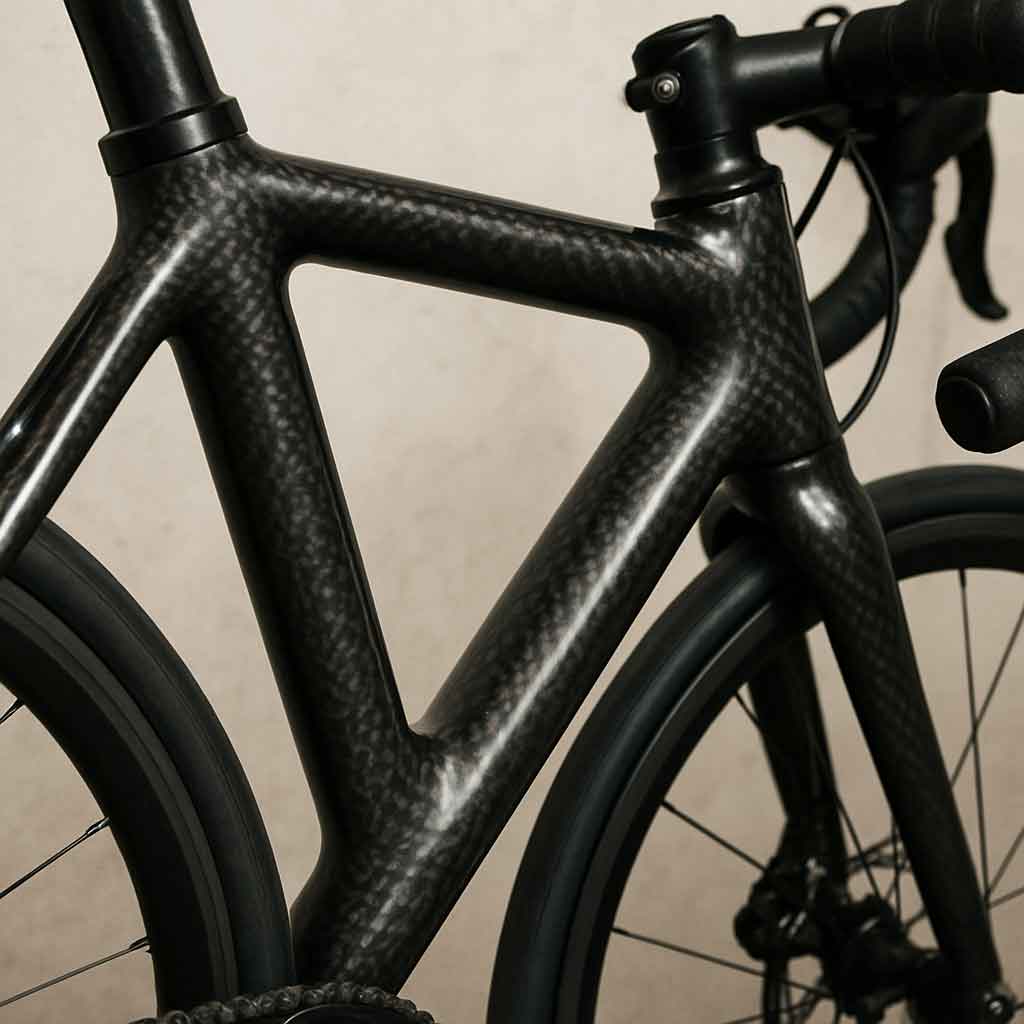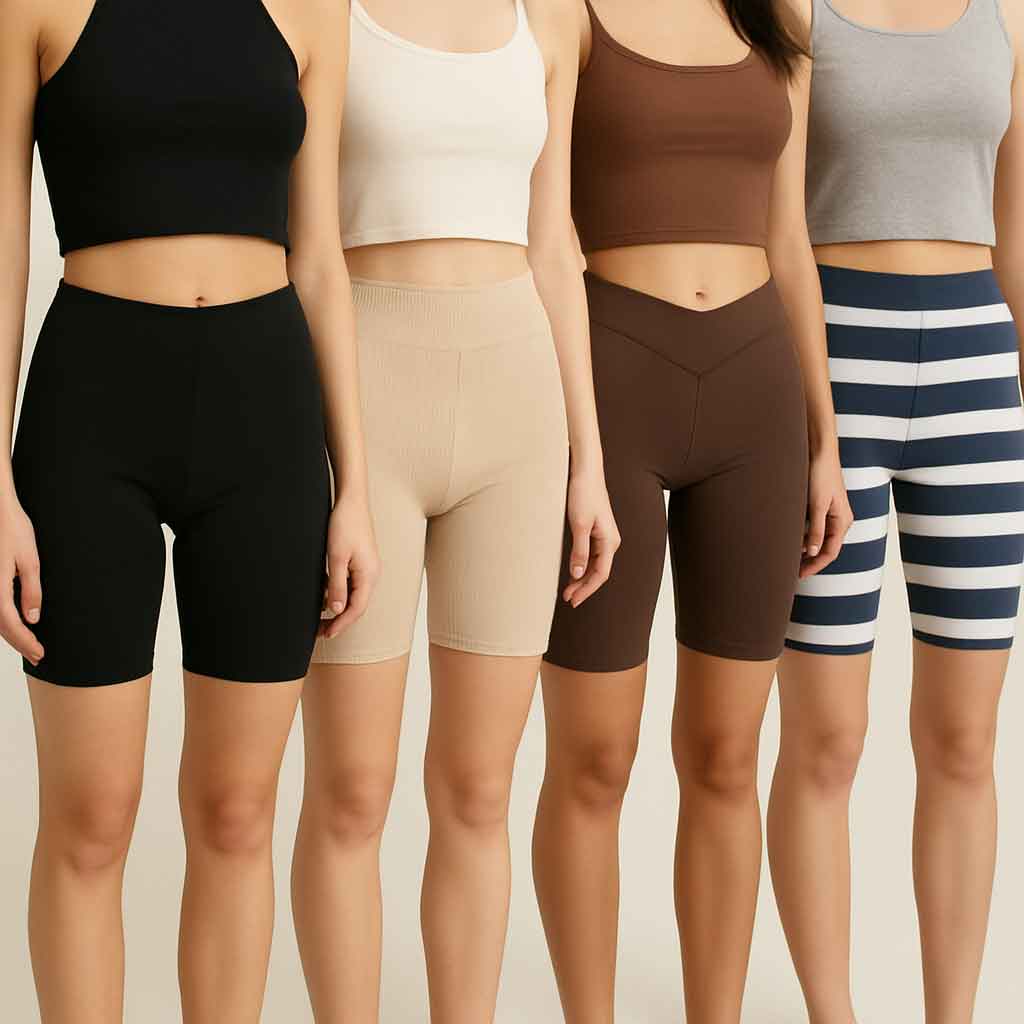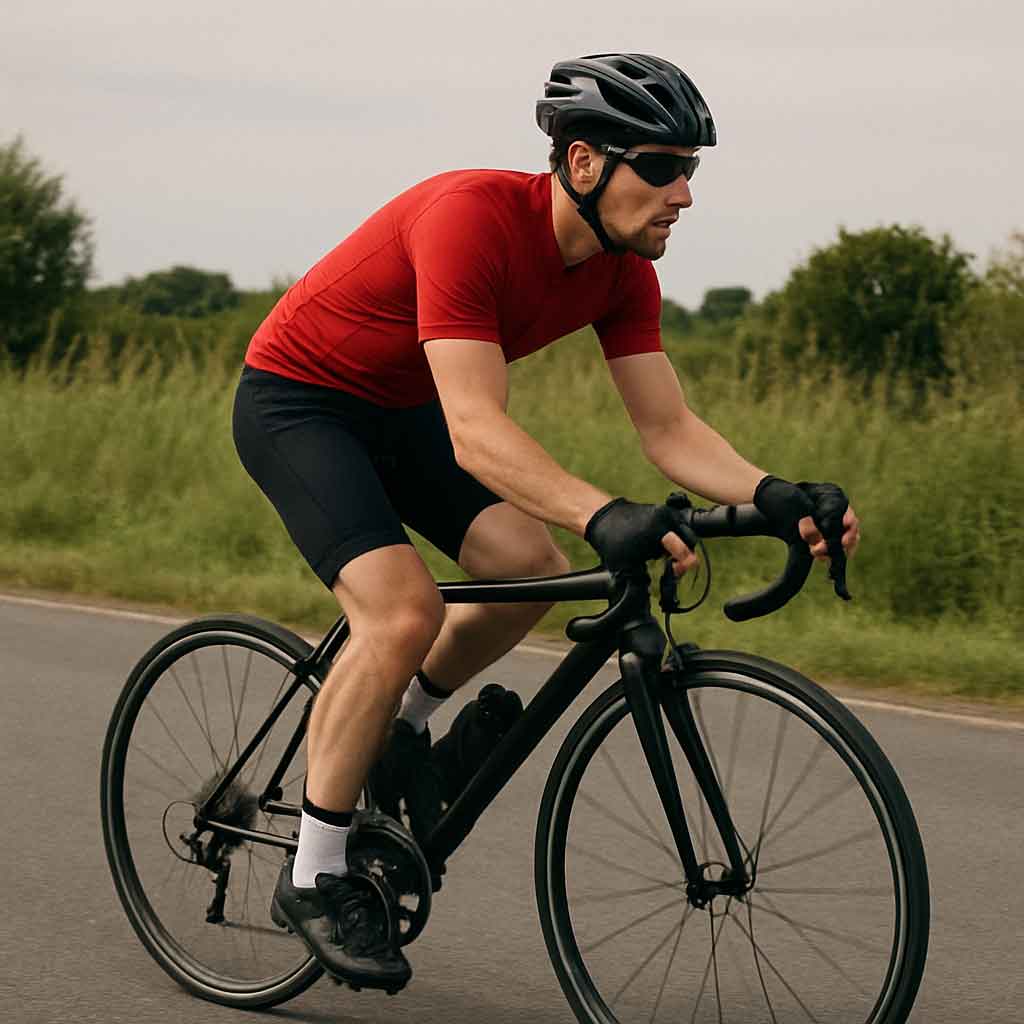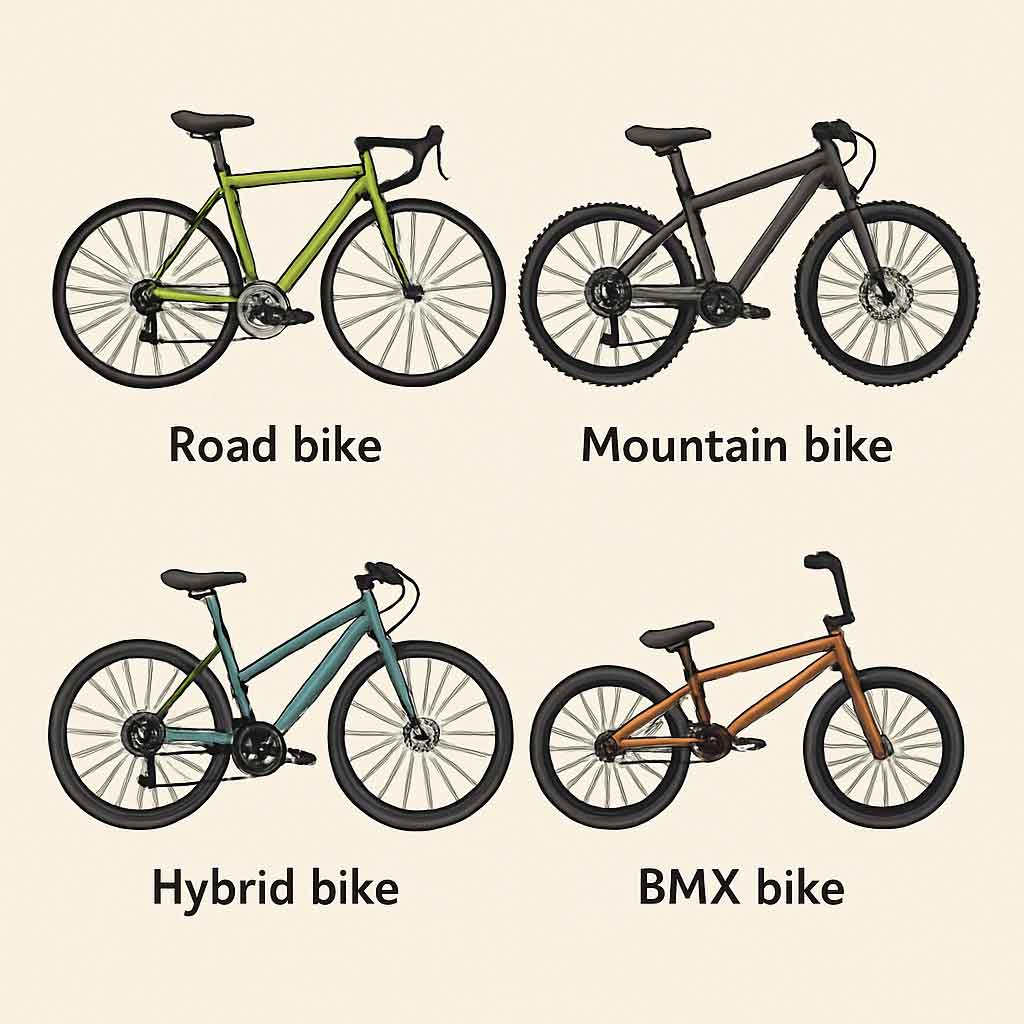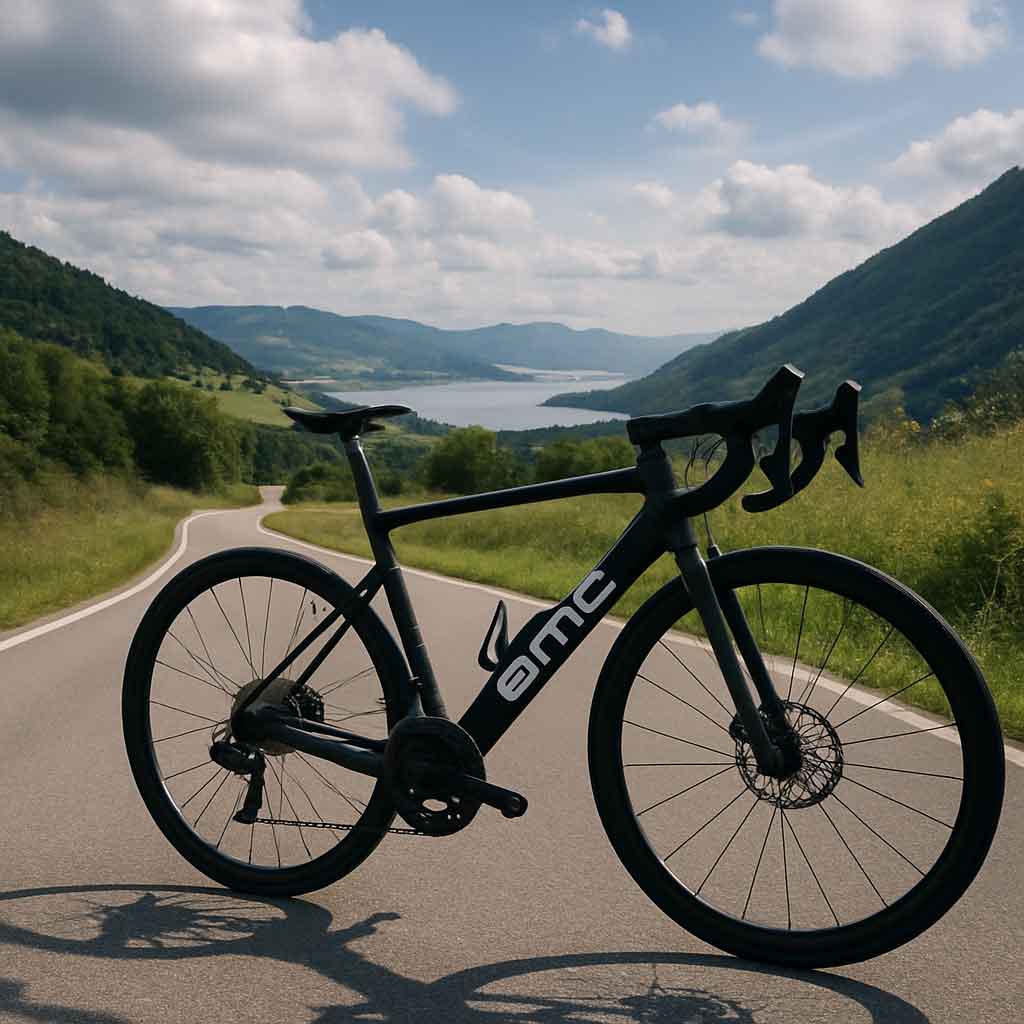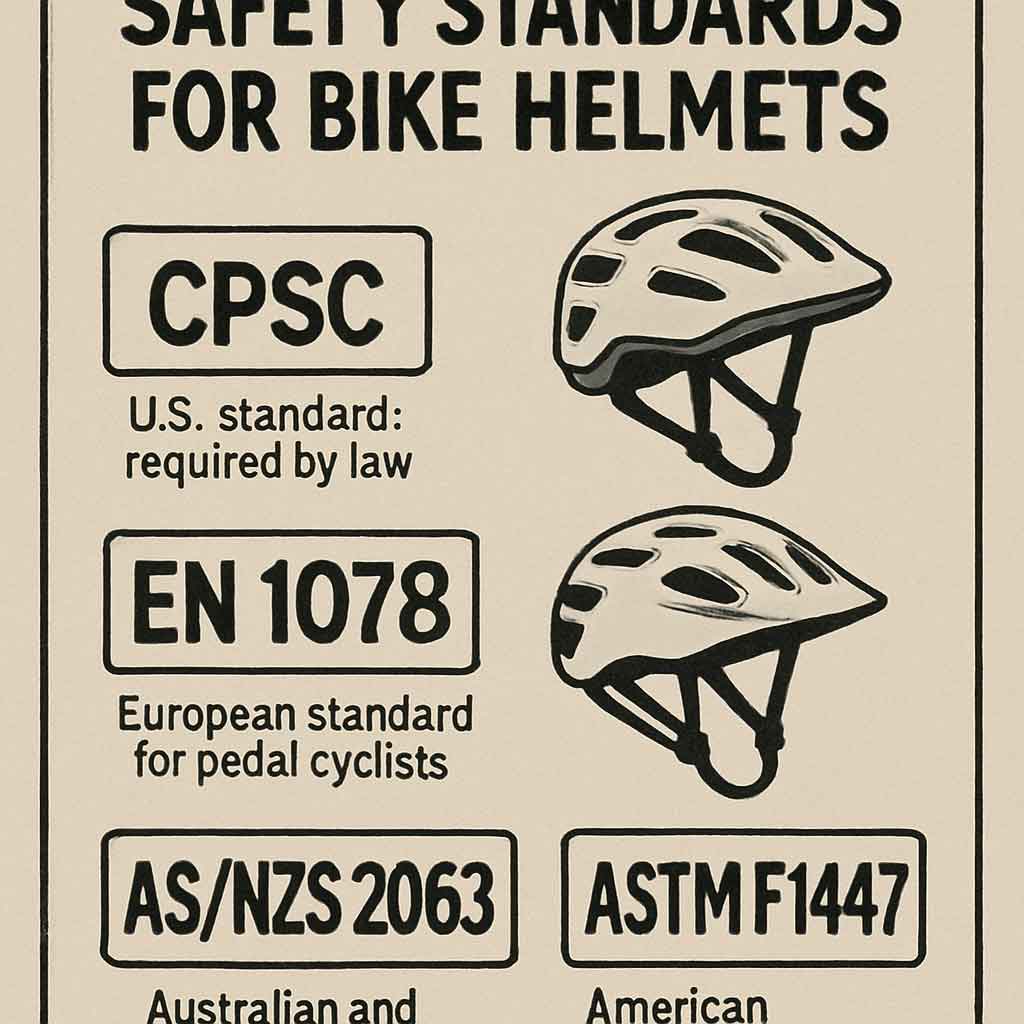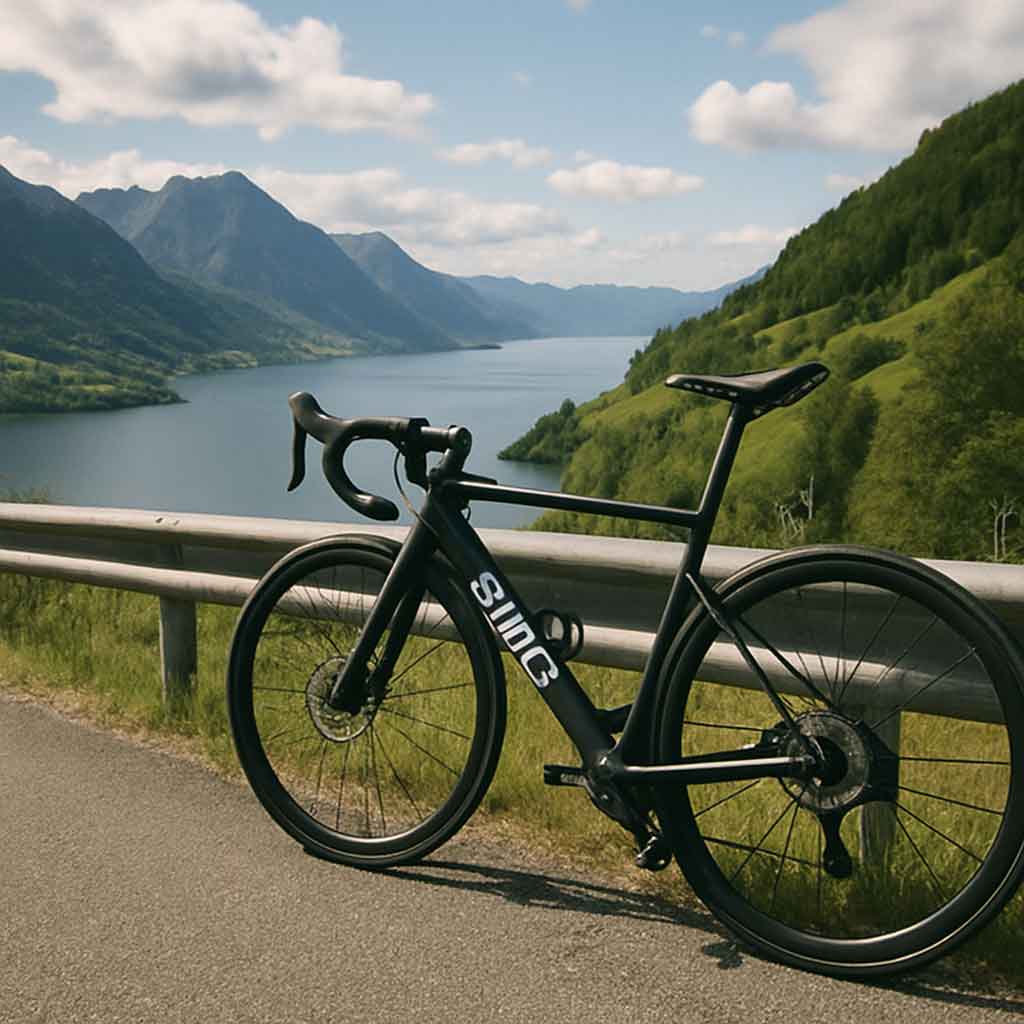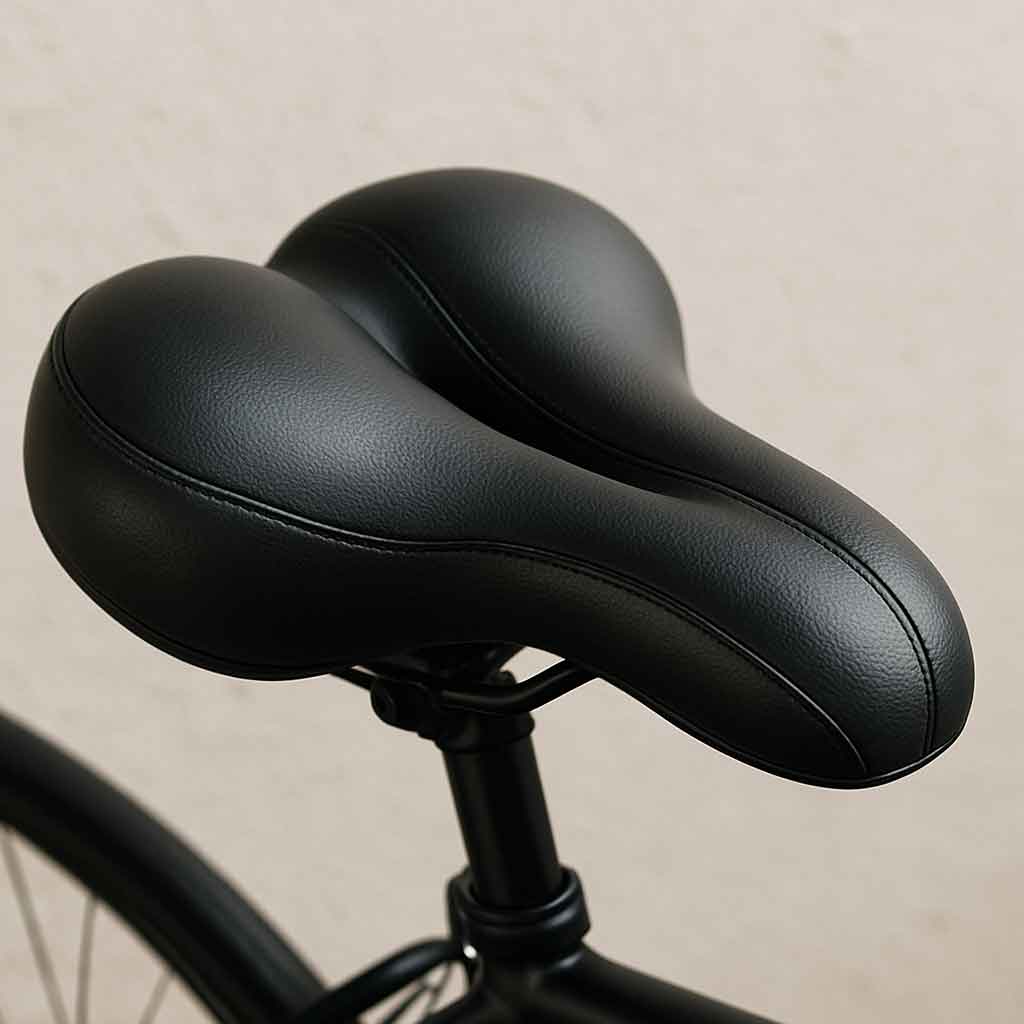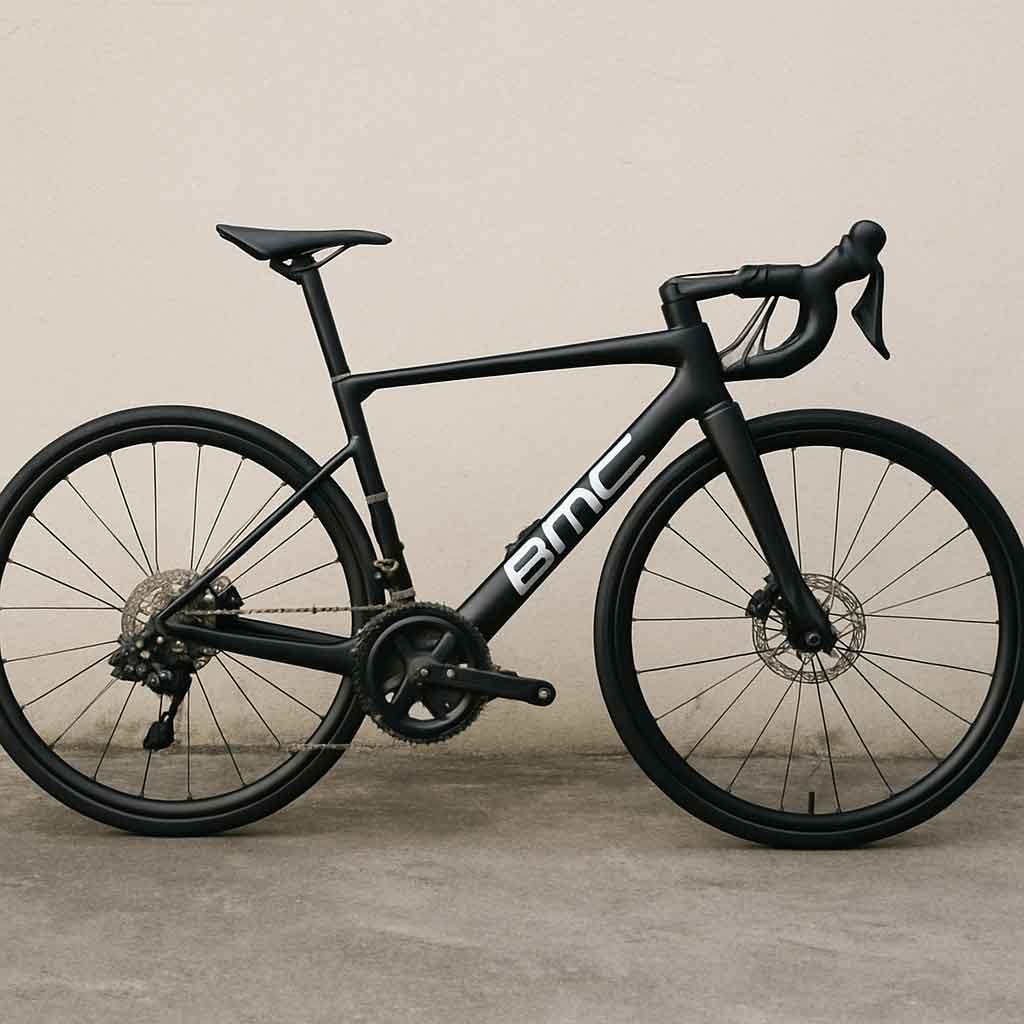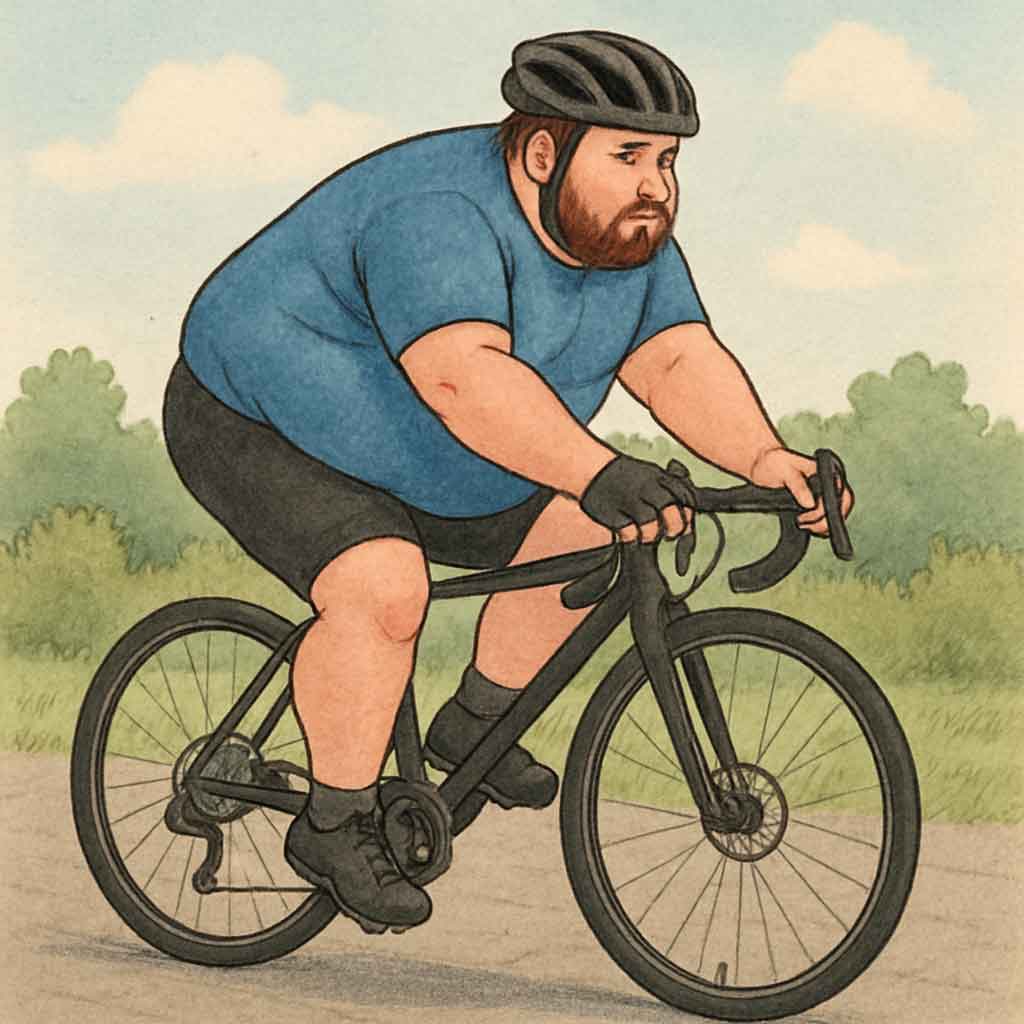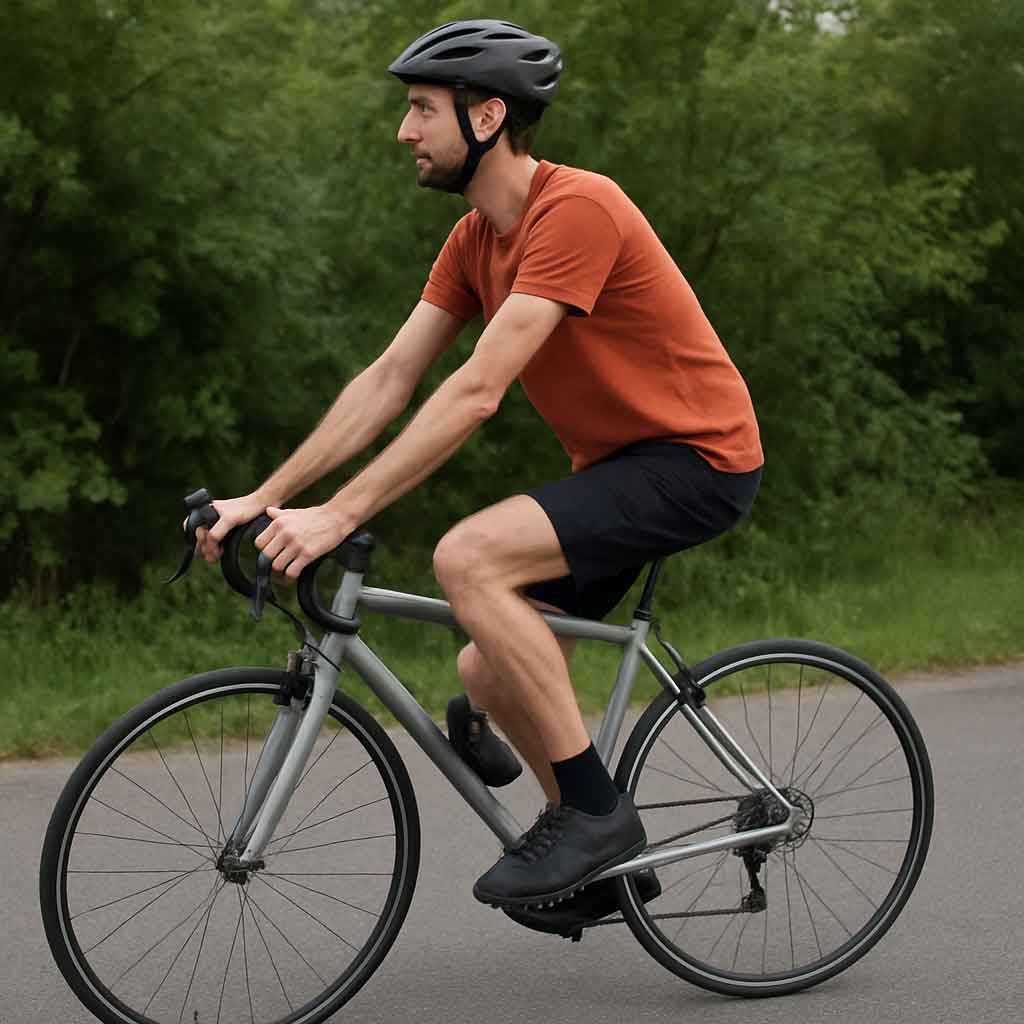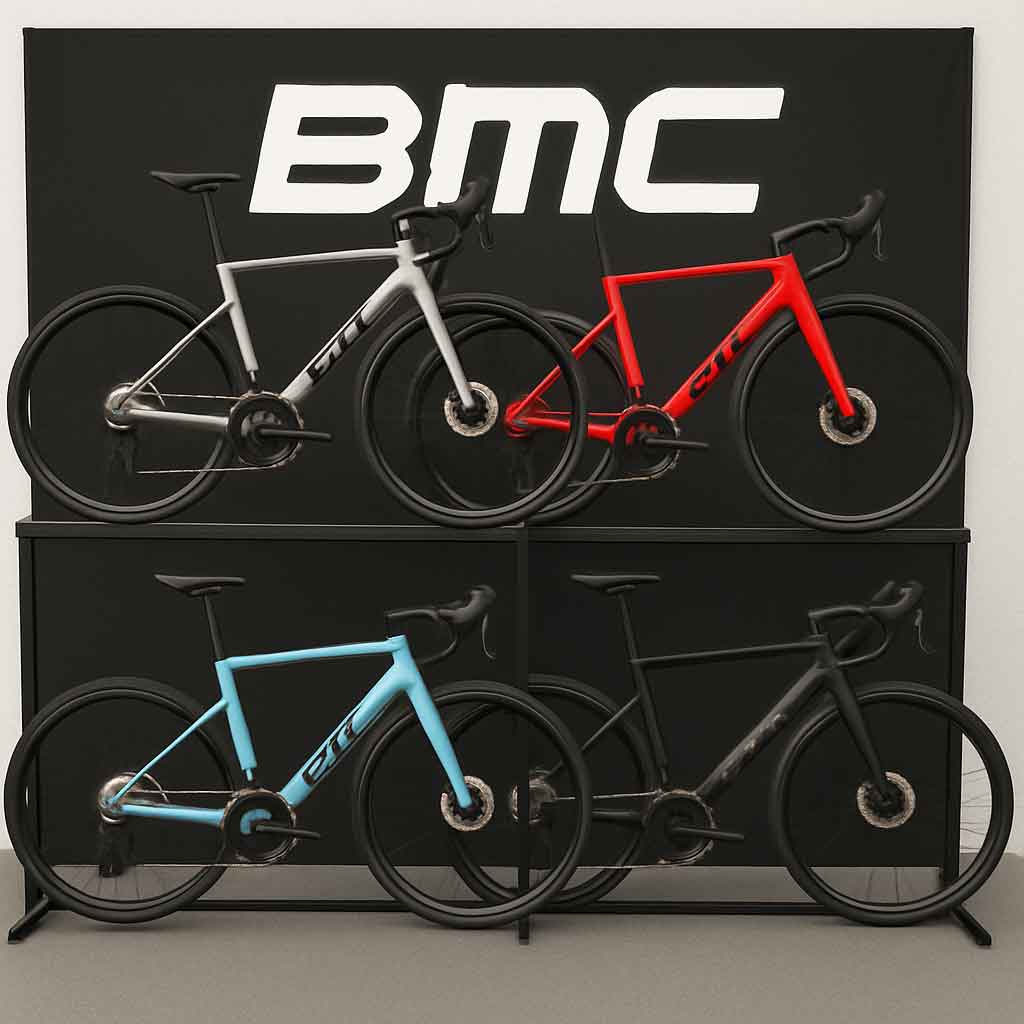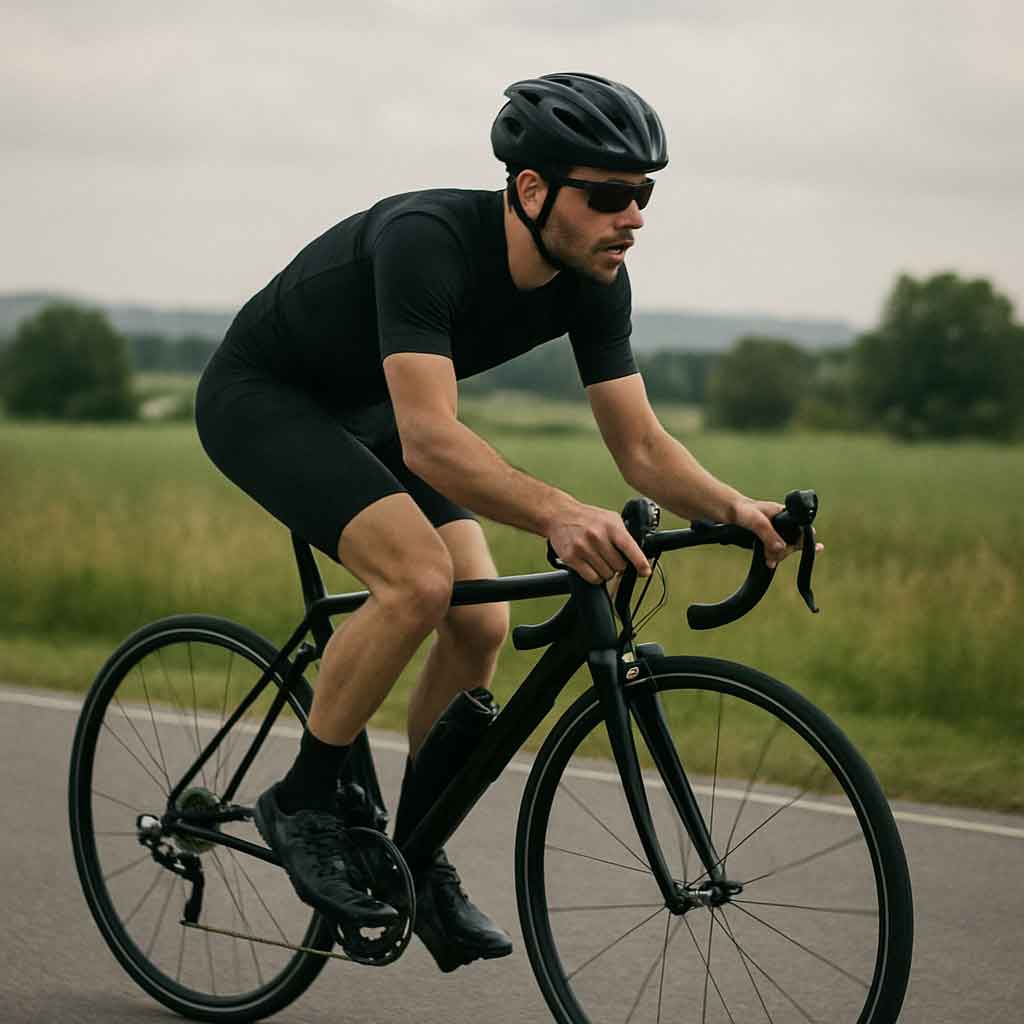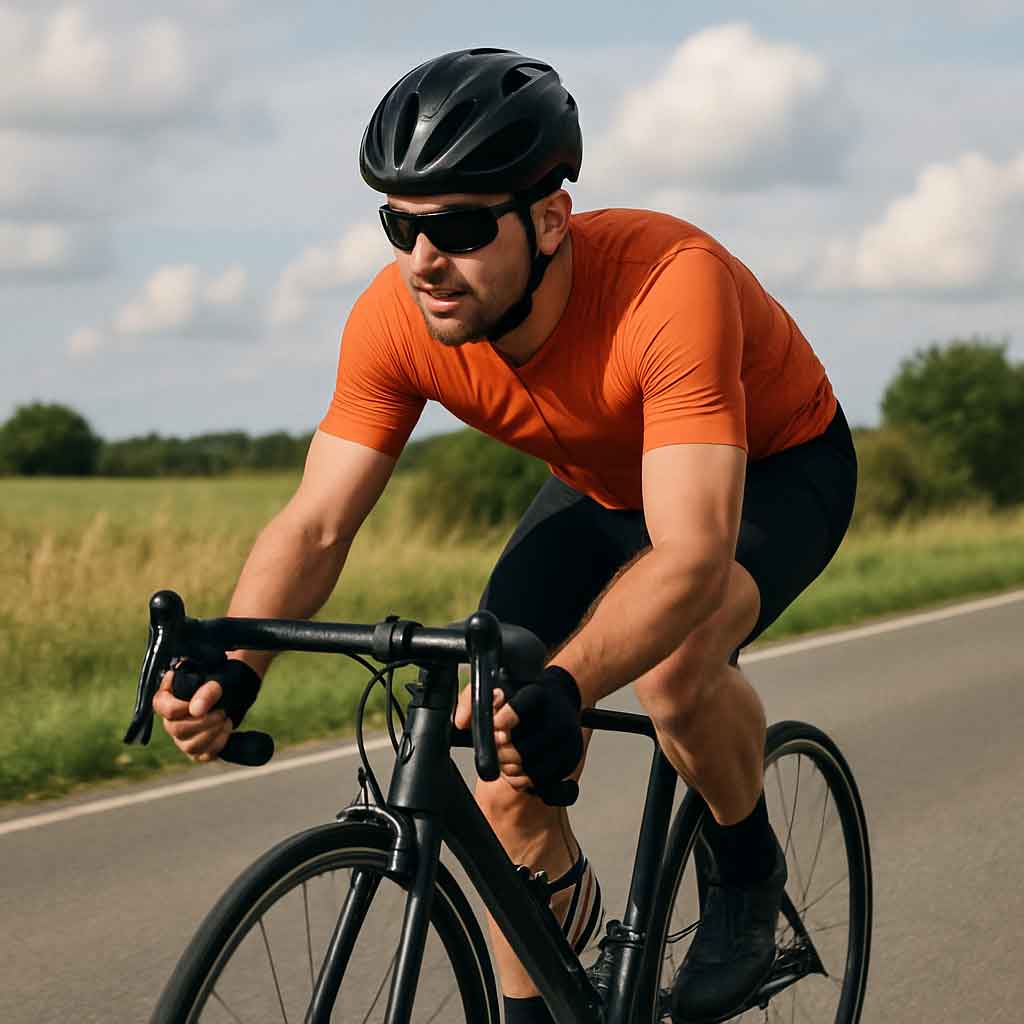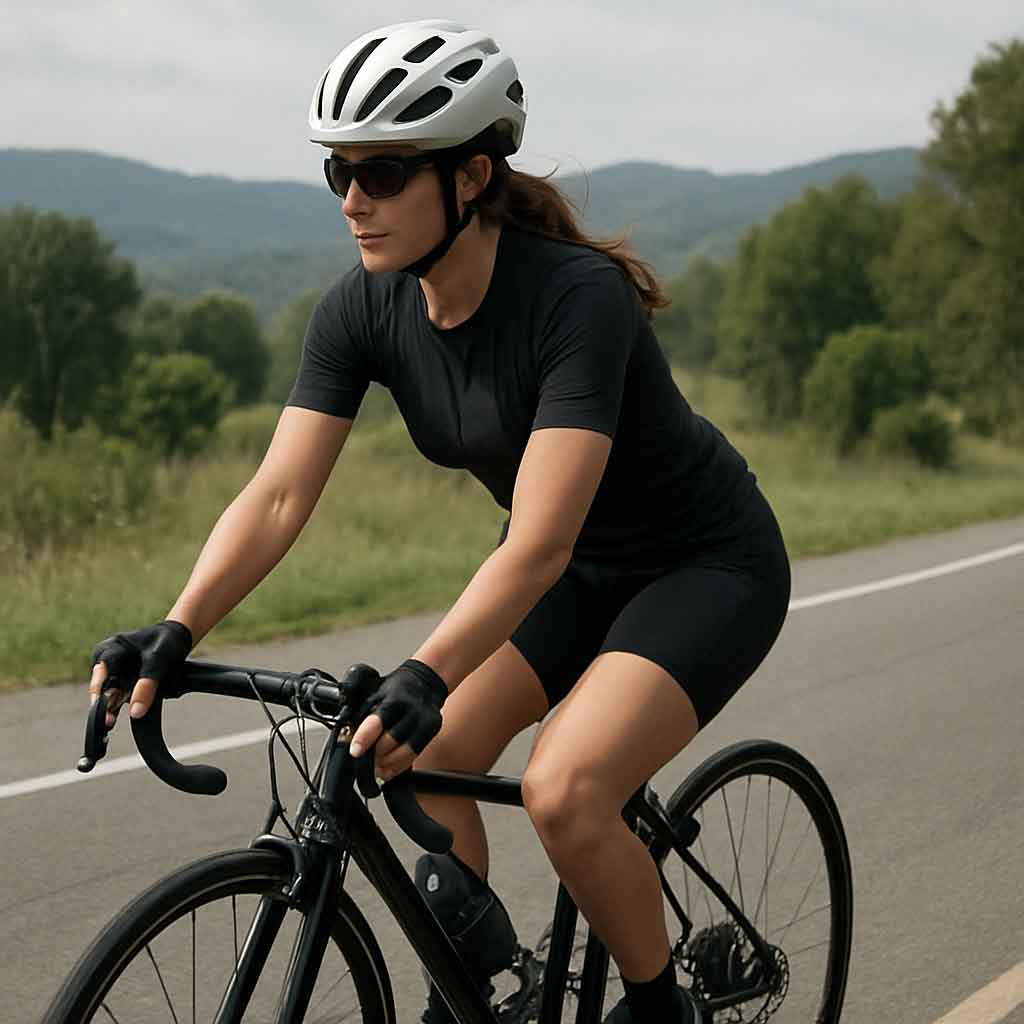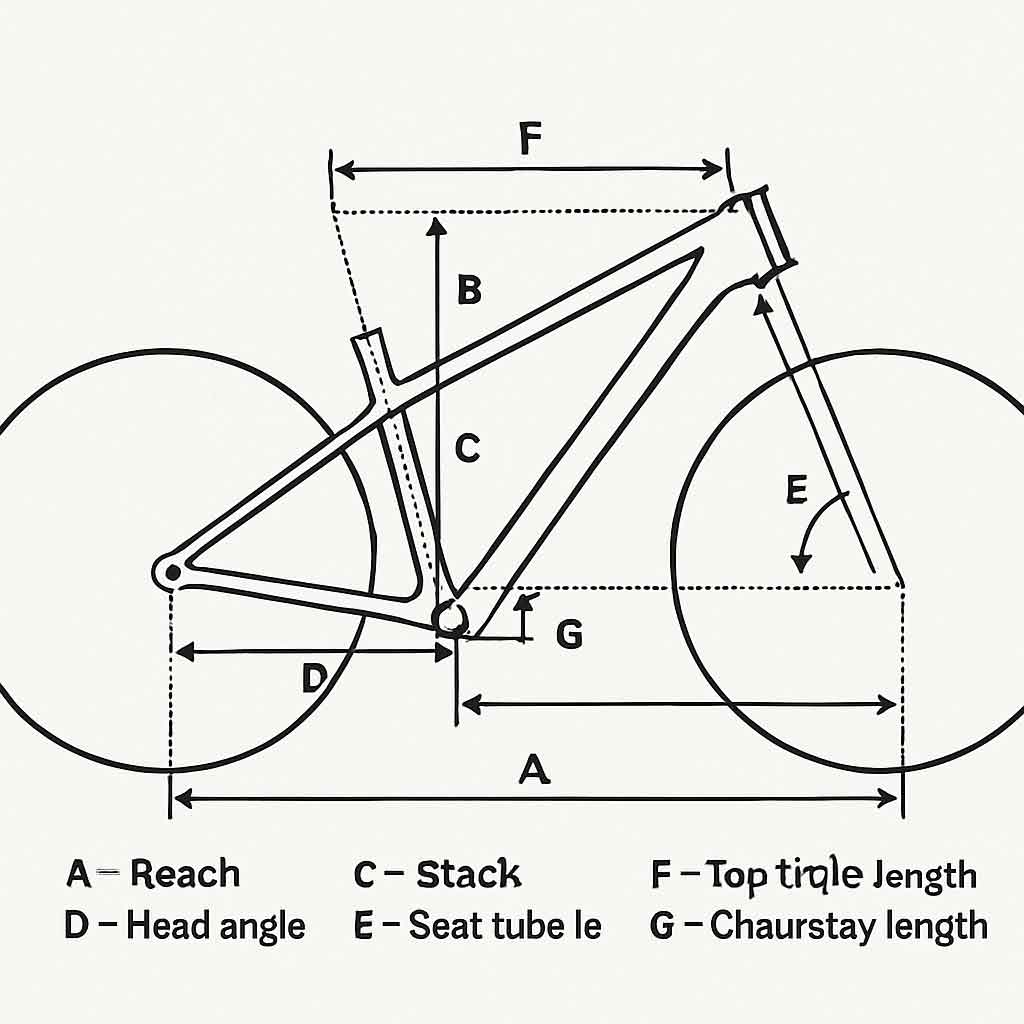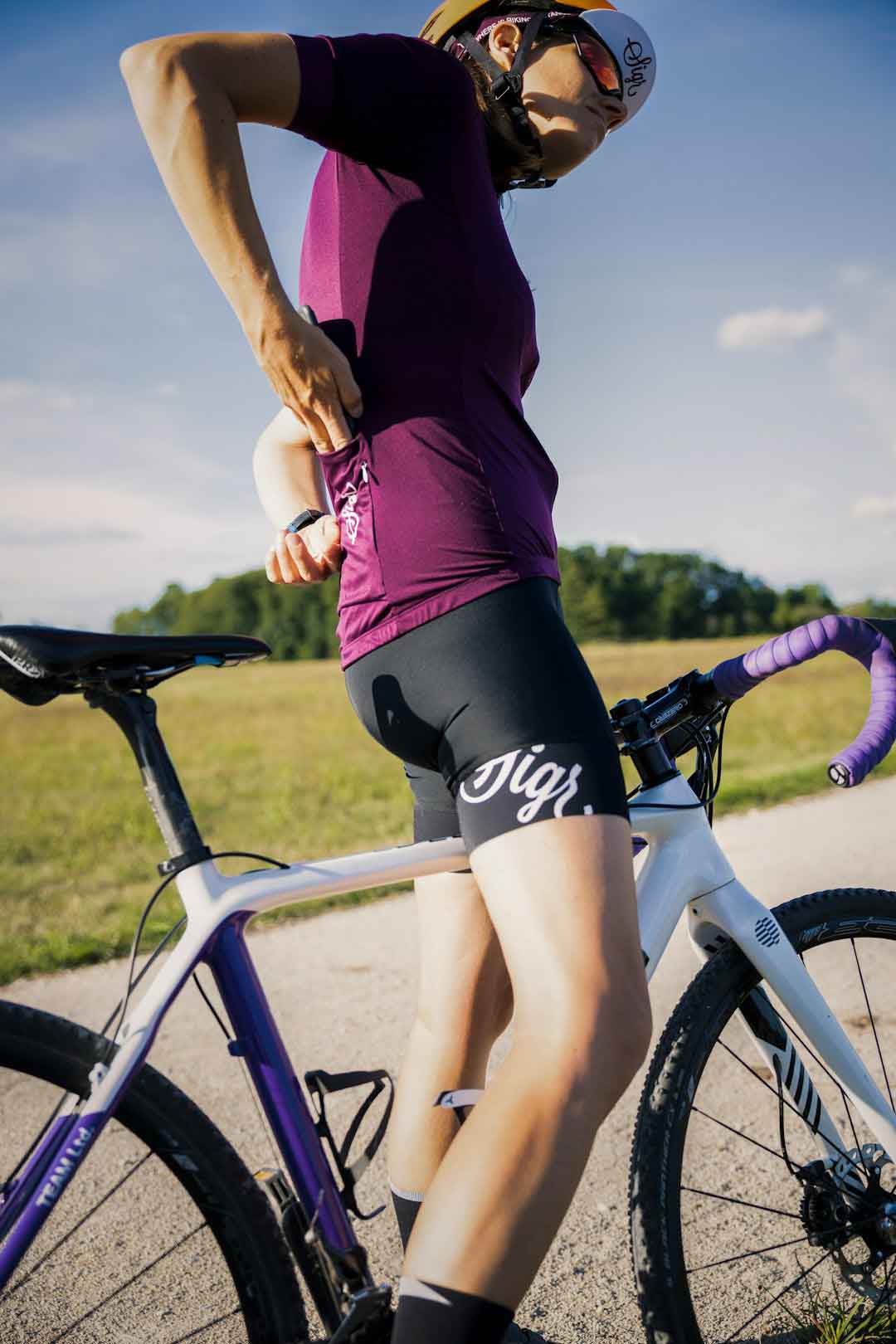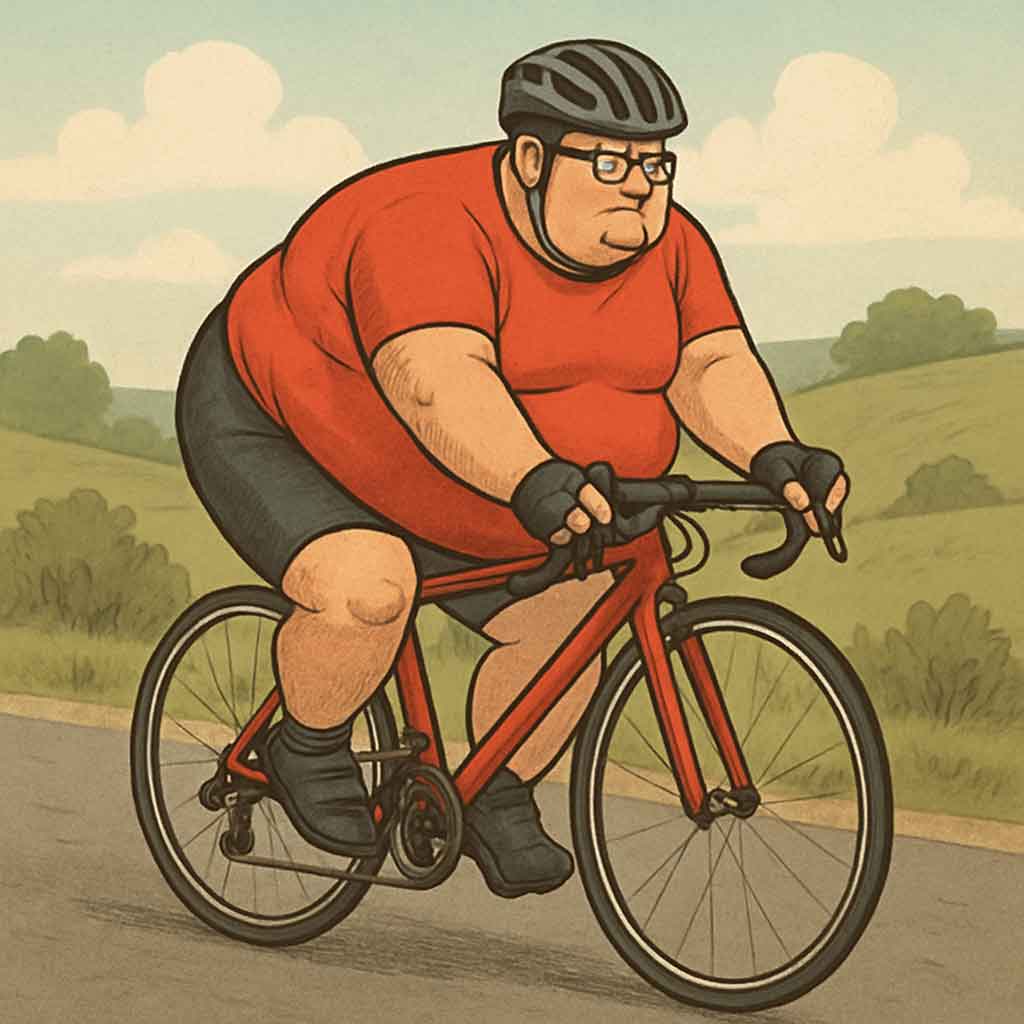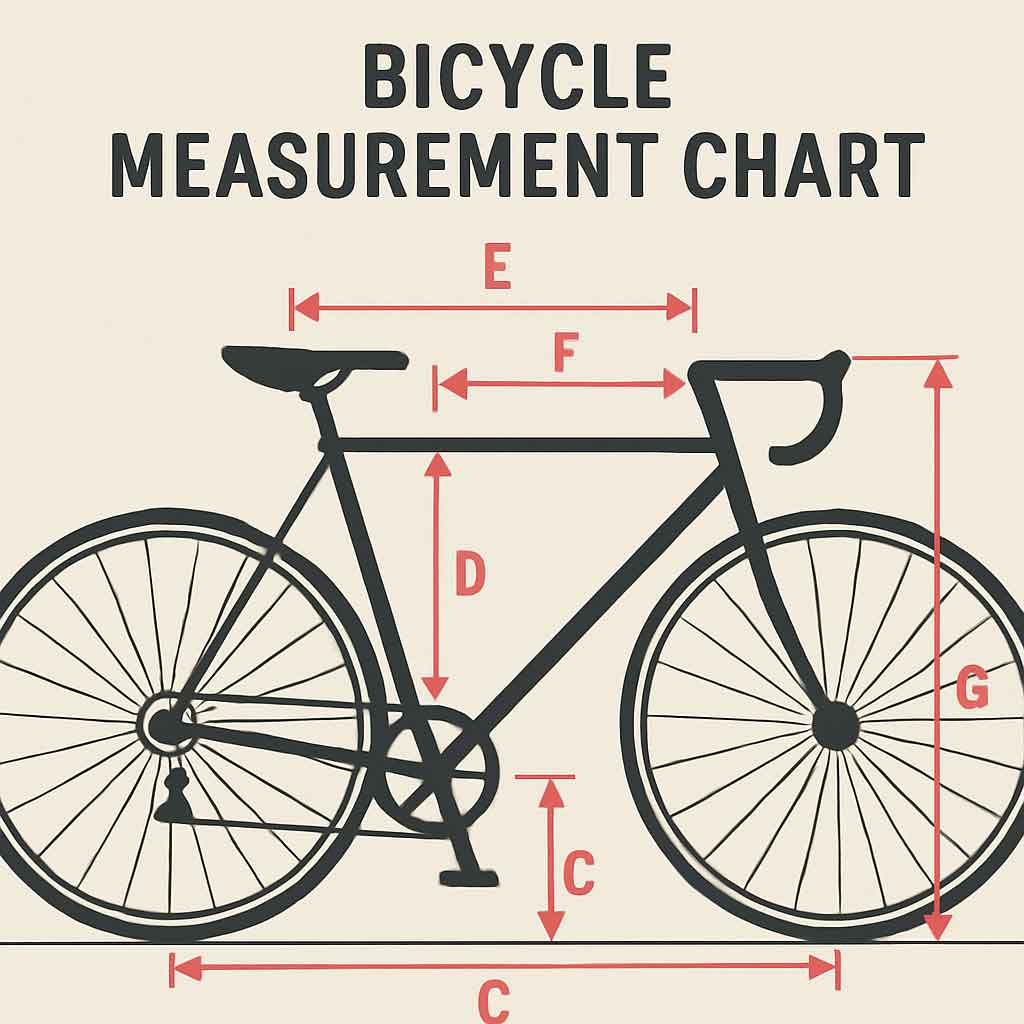Riding a bicycle should be a pleasure, not a pain. Yet, many cyclists, whether beginners or seasoned pros, find themselves uncomfortable because of one key component: the bike seat, also known as the saddle. The right bicycle seat can transform your ride, making it a joy rather than a chore. So, how do you find that perfect, comfortable bike saddle? Let's dive into the world of bike seats to help you make an informed choice.
Before you can choose the most comfortable seat, it's essential to understand the different types of bike saddles available. The saddle's design, materials, and shape all contribute to how comfortable it will be for you. Knowing the basic components can help you make an informed decision.
- Road Bike Saddles: These are lightweight and often have a narrow, aerodynamic design. They're best for riders who lean forward, reducing friction and pressure during long rides. These saddles prioritize speed and efficiency over comfort, making them ideal for competitive cyclists and long-distance riders. The minimal padding ensures that the rider maintains a close connection to the bike, enhancing control and power transfer.
- Mountain Bike Saddles: Built to endure rough trails, these saddles often include additional padding and a more robust design to handle bumps and shocks. Mountain bike saddles are designed for versatility and durability. They usually incorporate features like reinforced edges to protect against falls and scrapes. The extra cushioning helps absorb the impact from uneven terrain, offering a smoother ride over roots and rocks.
- Comfort Saddles: Ideal for casual riders, these saddles are wider and come with extra cushioning to provide a plush ride, perfect for city cycling or leisure rides. Comfort saddles are designed for those who prioritize a relaxed cycling experience. They offer ample padding and a wider seat to distribute weight evenly, making them suitable for short commutes and recreational cycling. These saddles often have a more upright seating position, reducing strain on the back and shoulders.
- Racing Saddles: Designed for speed, these are similar to road bike saddles but even lighter and narrower, providing minimal resistance. Racing saddles focus on maximizing performance. They are crafted with lightweight materials like carbon fiber to reduce overall bike weight. The minimalistic design ensures that nothing hinders the rider's speed or agility, making them ideal for track cycling and competitive racing.
- Women's Saddles: These consider anatomical differences, often being wider at the rear to accommodate a woman's pelvic structure. Women's saddles are tailored to provide comfort and support where it's needed most. They often feature a shorter nose and a broader rear to fit the wider spacing of a woman's sit bones. Many also include a central cutout to alleviate pressure and improve blood flow during longer rides.
- Touring Saddles: Designed for long-distance riding, touring saddles balance comfort and performance. They often include features like gel padding and ergonomic designs to support extended hours on the bike. Touring saddles are crafted for those who embark on multi-day cycling trips, ensuring comfort over varying terrains and distances.
- Triathlon Saddles: These are built for athletes focusing on time trials and triathlons. They often have a unique shape to accommodate the aerodynamic position of the rider, providing support without inhibiting movement. Triathlon saddles offer specialized padding that reduces friction and enhances comfort during prolonged periods in an aero tuck position.
- Hybrid Saddles: Combining features from different saddle types, hybrid saddles are versatile and adaptable. They are suitable for cyclists who enjoy various riding styles, offering a balance of comfort and performance. Hybrid saddles provide a middle ground for those who ride on both roads and trails, catering to commuter and recreational needs.
Selecting the right bike saddle isn't just about picking one that looks good. There are several critical factors to consider that will influence your comfort and performance while riding.
Your riding style significantly influences your choice of a saddle. Are you a leisurely city cyclist, or do you spend hours on the road? Perhaps you're a mountain biking enthusiast? Each style demands a different saddle design. Understanding your primary cycling activities helps you choose a saddle that supports your specific needs, whether it's speed, comfort, or versatility.
The shape and width of the saddle should align with your sit bones, the two bones you feel when sitting on a hard surface. A saddle that matches your sit bone width will distribute your weight properly and reduce discomfort. Measuring your sit bones can help determine the correct saddle width, ensuring optimal support and minimizing pressure points. The shape of the saddle should complement your riding posture, providing adequate support where needed.
While more padding might seem like the key to comfort, this isn't always the case. Too much cushioning can lead to pressure points. Instead, look for saddles with quality padding material that offers support without being overly soft. The right amount of cushioning can enhance comfort by absorbing road vibrations and shocks. Consider materials like memory foam or gel for their adaptive qualities, which mold to your body's contours for a personalized fit.
Saddles come in various materials, including leather, synthetic, and gel. Leather saddles are durable and mold to your shape over time but require maintenance. Synthetic materials are lightweight and often more affordable, while gel offers immediate comfort but may compress over time. Choosing the right material depends on your priorities, such as longevity, weight, or immediate comfort. Each material has its pros and cons, affecting the saddle's performance and lifespan.
Many modern saddles feature cutouts or channels designed to relieve pressure on sensitive areas. These can significantly enhance comfort, especially during long rides. Cutouts allow for increased airflow, reducing heat buildup and moisture. The strategic placement of these features can prevent numbness and discomfort by improving blood flow and reducing pressure on the perineum.
Men's and women's saddles differ slightly due to anatomical differences. Women's saddles are generally wider and shorter, while men's are longer and narrower. Choosing a gender-specific saddle can improve comfort. Gender-specific designs cater to the unique anatomical needs of male and female cyclists, ensuring proper support and pressure distribution. This customization can significantly impact comfort, especially on longer rides.
When selecting a saddle, consider your budget and the reputation of the brand. While higher-priced saddles often offer advanced features and materials, there are affordable options that provide excellent comfort and performance. Researching customer reviews and expert recommendations can help you find a reliable brand with a history of producing quality saddles. Investing in a reputable brand can ensure durability and satisfaction over time.
Finding the right bike saddle involves exploring various options and considering your unique needs. Here are some top recommendations that cater to different preferences and requirements.
- Brooks B17: A classic leather saddle that offers exceptional comfort for long rides as it molds to your shape over time. This saddle is known for its timeless design and durability, making it a favorite among touring cyclists. The natural leather construction provides a personalized fit, improving comfort with each ride.
- Selle Italia SLR: Known for its lightweight design and comfort, it features a carbon shell and durable cover, ideal for road cycling. The Selle Italia SLR combines performance with comfort, offering a sleek design that reduces weight without sacrificing support. Its ergonomic shape and quality materials make it a top choice for competitive riders.
- Ergon SM Pro Men: Offers a pressure relief channel and orthopedic foam padding for extensive comfort and support. The Ergon SM Pro is designed to enhance rider comfort by reducing pressure on sensitive areas. Its innovative design and premium materials ensure long-lasting support for avid cyclists.
- Terry Butterfly: This saddle is designed with a wider rear and a central cutout, making it a top choice for women cyclists. The Terry Butterfly offers a balanced combination of comfort and performance, catering specifically to female anatomy. Its thoughtful design helps alleviate pressure and enhance support during long rides.
- Specialized Power Mimic: Known for its innovative design that mirrors the body's soft tissue to provide optimal support. The Specialized Power Mimic uses advanced technology to adapt to the rider's shape, ensuring consistent comfort and support. Its unique construction helps distribute pressure evenly, reducing discomfort.
- Fizik Luce: Combines a narrow front with a wide rear to accommodate female anatomy, ideal for road cycling. The Fizik Luce is crafted to provide stability and comfort for female cyclists. Its design ensures that weight is evenly distributed, minimizing pressure and enhancing performance.
- Selle Royal Respiro: With its ventilation channel and gel padding, this saddle is suitable for both men and women seeking comfort on long rides. The Selle Royal Respiro is designed to keep riders cool and comfortable, making it an excellent choice for extended cycling sessions. Its universal fit caters to various riding styles and preferences.
- WTB Volt: A versatile saddle that offers a balance of comfort and performance, suitable for mountain biking and road cycling. The WTB Volt is known for its durability and adaptability, providing support across different terrains. Its ergonomic design ensures a comfortable fit for a wide range of cyclists.
- Bontrager Aeolus Comp: Designed for competitive cycling, this saddle offers a sleek profile and pressure-relieving cutout, suitable for both genders. The Bontrager Aeolus Comp combines aerodynamic efficiency with rider comfort, making it ideal for those focused on performance. Its design promotes proper posture and reduces fatigue.
The best way to find the perfect saddle is to test a few options. Many bike shops offer a trial period for saddles, allowing you to ride with them for a week or so. This hands-on experience can be invaluable in finding the most comfortable bike seat for your needs.
Even the best saddle won't feel right if it's not adjusted correctly. Here are some tips to ensure a proper fit and enhance your riding comfort:
- Height: Your saddle should be at a height where your leg is almost fully extended when the pedal is at its lowest point. Proper saddle height helps optimize pedaling efficiency and reduces strain on your knees. Adjusting the height ensures that you maintain a comfortable and effective riding posture.
- Tilt: Start with a level saddle and adjust slightly if you experience discomfort. A slight downward tilt can relieve pressure on the perineum. Finding the right tilt angle can enhance comfort, especially during longer rides. Experiment with small adjustments to find the position that best suits your anatomy.
- Position: Your saddle should be positioned so your knee is directly over the pedal spindle when the pedal is at 3 o'clock. Correct saddle position aligns your body properly, improving power transfer and reducing fatigue. Ensuring the saddle is centered helps maintain balance and control while riding.
If you're unsure about choosing or adjusting your saddle, consider seeking professional advice from a local bike shop. Experienced staff can provide valuable insights and recommendations based on your riding style and preferences. They can also assist with measuring your sit bones and making precise adjustments to optimize your comfort and performance.
Choosing the best bike saddle requires some research and trial, but the reward is a comfortable, enjoyable ride every time. Keep your riding style, anatomy, and personal preferences in mind, and don't hesitate to seek professional advice from your local bike shop. With the right saddle, you'll find that cycling is not just exercise but a pleasure. Happy riding!
Remember, comfort is subjective, and what works for one person may not work for another. Take your time in selecting the right saddle, and your body will thank you for it on every ride. Investing in a quality saddle can transform your cycling experience, making each journey more enjoyable and fulfilling.


